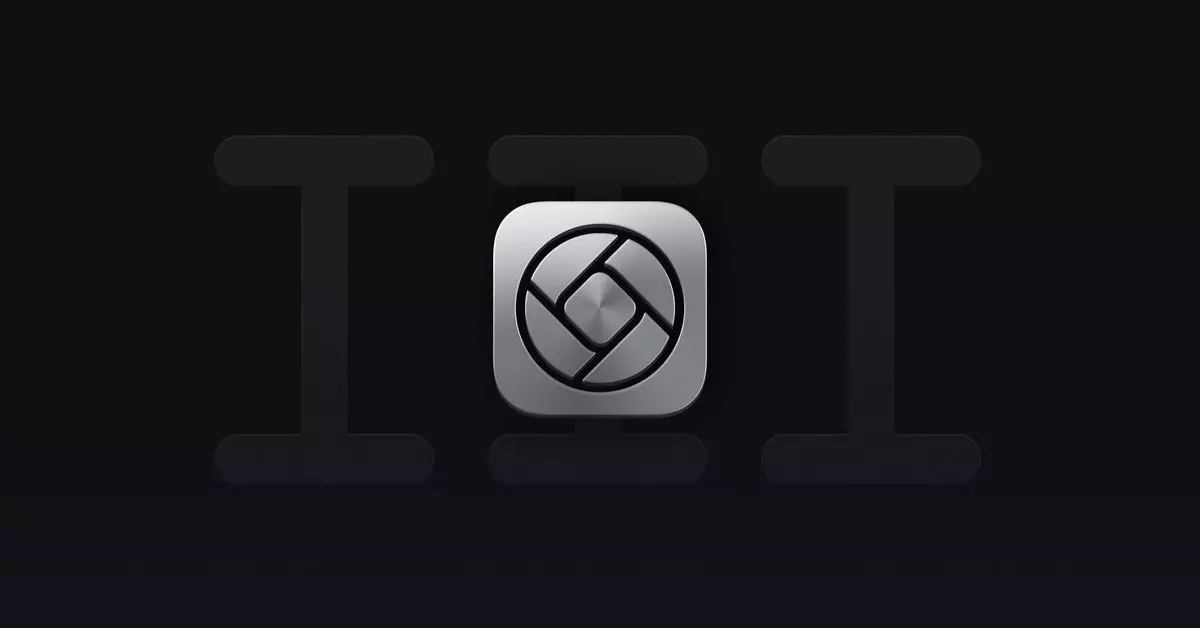As the smartphone photography landscape evolves, the need for powerful and intuitive camera applications becomes ever more crucial. Lux Optics, known for its innovative photo applications, has recently unveiled a sneak peek into its upcoming release, Halide Mark III. This announcement comes following the success of its Kino video app, which was recently recognized by Apple as the iPhone App of the Year for 2024. With a commitment to transparency and user engagement, Lux is positioning Halide 3.0 not just as an upgrade, but as a community-driven evolution of its flagship photography app.
In a notable shift, Lux is integrating user feedback at an early stage of Halide Mark III’s development through a dedicated Discord server. This initiative will allow enthusiasts and professionals alike to provide insights on their experiences with the app as it goes through testing. Such openness not only enhances user satisfaction but also creates a sense of ownership among the community, encouraging active participation in its refinement. Ben Sandofsky, co-founder of Lux, emphasizes this collaborative approach in his communication about the app, hinting at a more engaging experience for users.
Three key features have already been announced for Halide Mark III, all aimed at enhancing user creativity and flexibility. One of the most anticipated additions is the introduction of Color Grades. Similar to the capabilities seen in their Kino app, users will have the ability to apply various aesthetic looks derived from both Lux’s own creations and a plethora of user-shared recipes. This new feature mirrors the appeal of Fujifilm’s film emulation, providing photographers the tools to create distinctive styles that reflect their personal artistic vision.
The app will also embrace the HDR photography capabilities that align with iOS 18’s Adaptive HDR innovation. This will allow users to easily capture and share HDR images across diverse platforms, making high-dynamic-range photography more accessible than ever before.
Additionally, discussions of a complete redesign of the app interface are promising. Sandofsky has indicated that usability will be a central tenet of the design process, ensuring that features are not only powerful but also seamlessly integrated into the user experience. The mention of making “grade-picking central to the UI” illustrates Lux’s intent to provide a fluid and efficient way to enhance images, thereby catering to both novice users and seasoned professionals.
Although specific launch dates and pricing details for Halide Mark III remain under wraps—other than a target release sometime in 2025—early indicators suggest that existing Halide users will enjoy significant benefits. According to social media updates from the @halideapp account, the forthcoming version will be available as a complimentary update for Mark II users while also providing an upgrade path for those on version 1.
As we draw closer to its anticipated release, Halide Mark III appears poised to set a new standard in mobile photography. With its focus on community involvement, innovative features, and user-centric design, it’s clear that Lux Optics is dedicated to further enriching the smartphone photography experience, keeping both current trends and user desires at the forefront of its development strategy.

